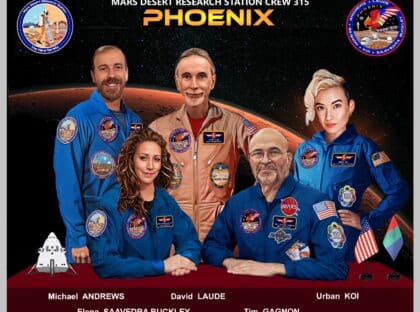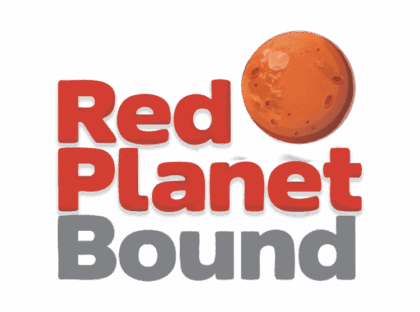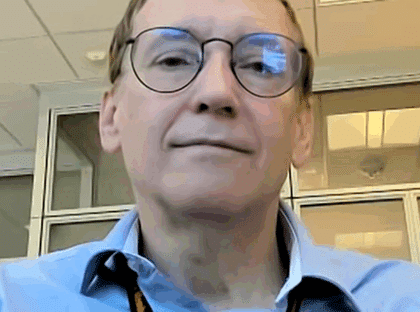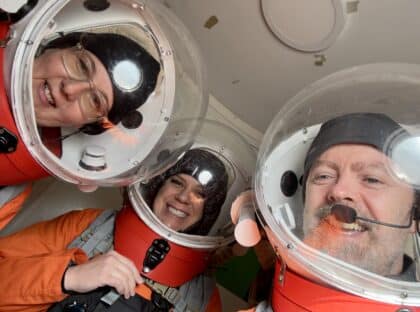
By Jen Carver-Hunter, Veteran Educator, NASA Spaceward Bound Utah
Spaceward Bound Utah (SWB) is a NASA-funded program at the Mars Society’s Mars Desert Research Station (MDRS) in southern Utah. The purpose of SWB is to inspire future space explorers by providing a Mars analog experience for classroom teachers. Each SWB cohort brings together a group of 6-8 educators with varied professional experience from Utah, across the country, and even internationally. The most recent SWB cohort, Crew 271, spent an engaging, educational week at the MDRS campus in December 2022.
An average teacher’s day definitely begins before the sun comes up, but generally things really start happening at about 8:00 in the morning. After the first morning bell, the energy level in school hallways makes the previous tranquility seem like a faint memory. Lockers open and bang shut, errant supplies fall on the floor, and as groups of students move closer to classroom doors, a hum of commotion is noticeable.
From the moment that first bell rings, teachers are ready to dance a dance written deeply in their souls – one that balances the din with tranquility and student needs with engagement. The emotional load is high as teachers help build the foundation for their students’ futures while also making sure students’ academic, emotional, and physical needs are met.
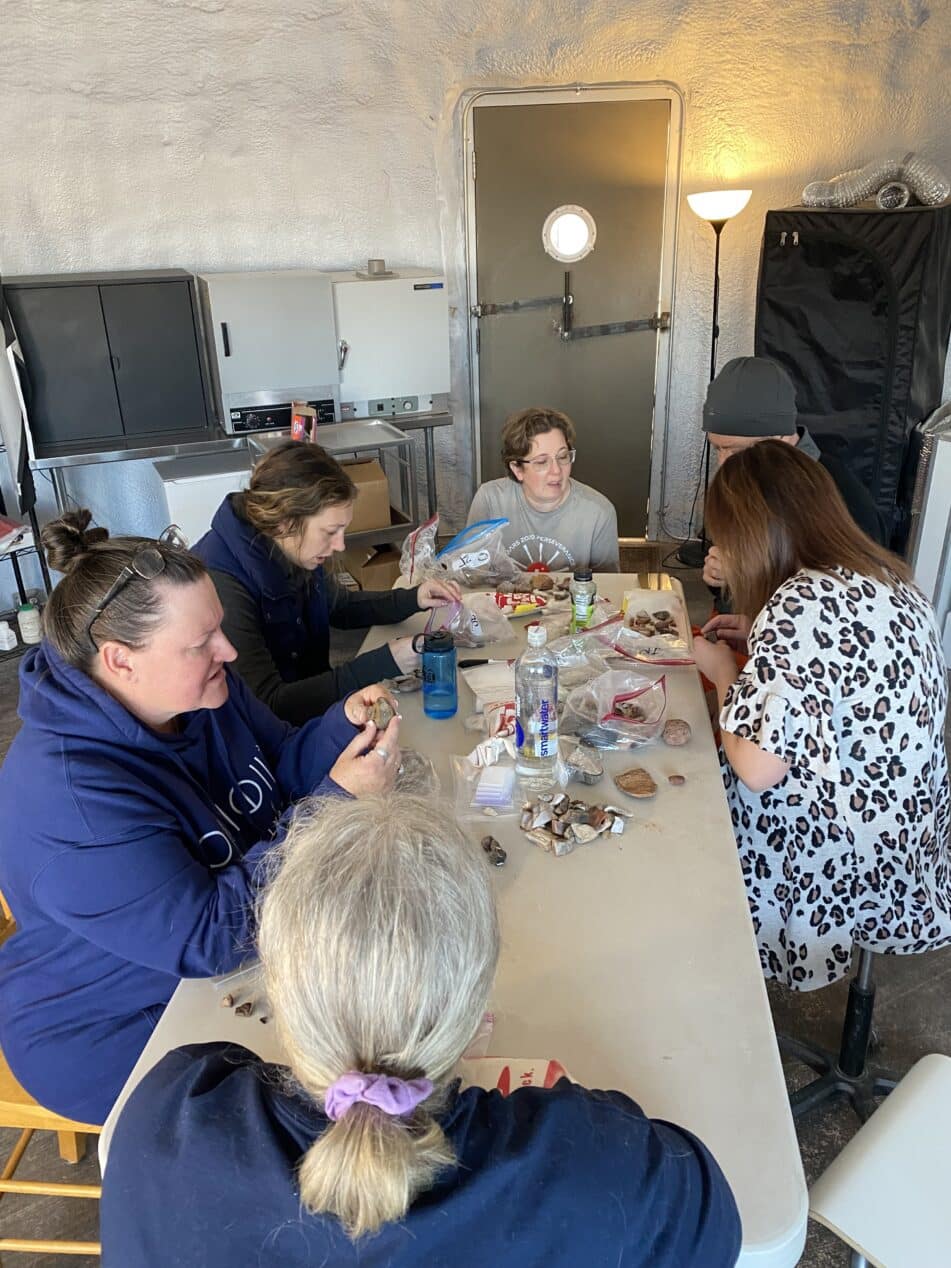
On “Mars,” however, a teacher’s day looks very different when that educator is participating in NASA’s Spaceward Bound Utah program. Teachers, who are used to meeting the needs of classrooms of students every day, suddenly focus only on making sure the needs of their small crew are met. Each decision made is not one that will lead the way to their students’ future learning, but rather is one that must balance the health and safety of their fellow crew members.
Thinking like a Martian means constantly evaluating if each decision would be safe (or even possible) on Mars. Any commotion or feeling of school day hustle bustle, when on the red planet, would likely indicate an emergency situation. As a result, the emotional climate on the MDRS campus is intentionally tranquil and supportive and revolves around collaboration. Wait a minute – that’s actually not at all different from what we know good educational practices to be!
Collaboration, teamwork, 100% engagement, critical thinking, and stretching beyond comfort zones are necessary to be successful on Mars in the SWB Utah program, and that mirrors the life skills that we as teachers work hard to instill and develop in our students. Instead of being role models/guides as these skills are being developed in classrooms, the educators involved in SWB become the learners who continue to develop their own skill set.
The NASA SWB program follows the objectives of science, simulation (sim), and education. Because the crew members are educators who are away from their classrooms while they participate in the program, there is a need for a high level of quality professional development. In the program, the crew designs their sim experience around specific K-12 science standards and works with experts to develop the background knowledge needed to access to this content.
Education and science are the priority objectives for the week, but the sim experience must not be left out! The sim allows teachers the greatest opportunity to experience MDRS through the eyes of their students – as learners who are in a completely foreign experience and environment, but who trust in their abilities (and those of their crewmates) to be successful.
It is beautiful to watch a crew of educators approach this program with a healthy bit of fear, but also a willingness to overcome their discomfort. Thus far, none of the educators who have participated in the SWB Utah program had previous experience with an analog sim experience, and the amount of space exploration science incorporated in these educators’ classrooms ranged from none at all to varying degrees of integration. And yet every single educator who has participated leaves the program with materials, lesson plans, and ideas for how to extend the reach of the Mars Desert Research Station, and, in doing so, to raise enthusiasm for the study of space exploration in classrooms around the world.
